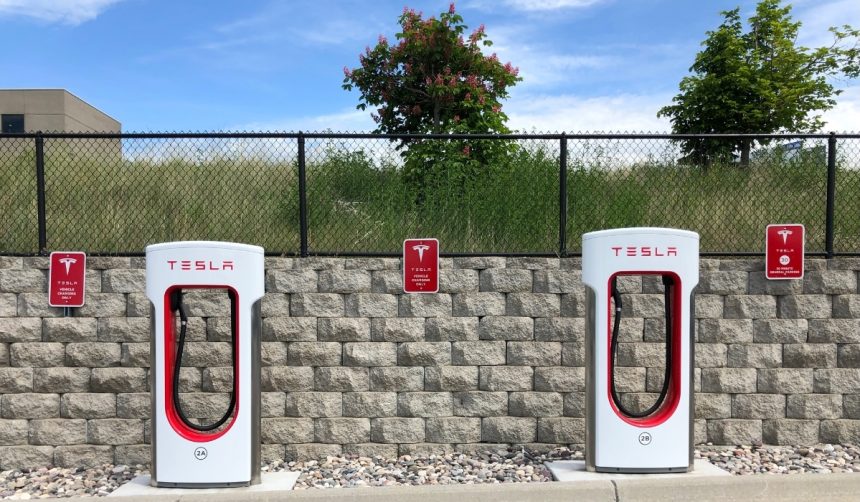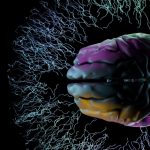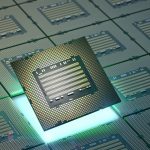Tesla drivers are set to experience a new approach in how the company handles infractions related to distracted driving while using its Full Self-Driving (FSD) feature. With changing dynamics on both roads and marketplaces, Tesla’s latest update reflects an attempt to balance safety enforcement with user flexibility. Amidst ongoing concerns about device misuse and distracted driving, this revised policy aims to promote safer habits while responding to user feedback. Many owners have voiced frustrations about lengthy penalties, and the automaker’s shift toward a shorter penalty period indicates ongoing dialogue between Tesla and its customer base.
Earlier reports indicated that Tesla’s previous FSD “doghouse” system imposed a seven-day ban for drivers accumulating five strikes in vehicles with a cabin camera, or three strikes without. Now, with the 2025.32 Software Update, the penalty forgiveness window has been halved, allowing one strike to be removed every 3.5 days, provided the driver remains infraction-free during that period. This new policy diverges from earlier measures, which some drivers described as punitive, with growing community feedback calling for less restrictive approaches, especially as aftermarket “cheat devices” have proliferated online without significant detection by existing technology.
What Does The Strike Policy Change Mean for FSD Users?
By shortening the strike forgiveness timeframe, Tesla introduces a system that rewards attentive driving more promptly. Owners will see penalties removed twice as fast, promoting ongoing vigilance instead of extending bans. The latest Owner’s Manual update clarifies that, although users can recover faster from past infractions, any new incident will reset their penalty window, reinforcing the importance of continuous focus behind the wheel.
How Are Workarounds Affecting Driver Safety?
Despite efforts to curb distracted driving, many aftermarket products designed to bypass driver attention requirements have surfaced on popular online platforms, including TikTok Shop and Amazon. Sellers market these “FSD cheat devices” as a means to circumvent Tesla’s safety features, allowing drivers to appear attentive without actually engaging. Tesla has been urged by community members to address these loopholes more aggressively.
Tesla states: “Autopilot is a driver assistance system that is intended to be used only with a fully attentive driver. It does not turn a Tesla into a fully autonomous vehicle.”
These devices raise concerns over system effectiveness and liability, highlighting challenges in enforcement alongside updates to the penalty system.
What Responsibility Remains with Tesla Drivers?
The automaker emphasizes that drivers must stay alert and be prepared to take over control at any moment. The updated FSD guidance reinforces that responsibility lies with the person in the driver’s seat, regardless of any automation or in-cabin monitors.
“Before enabling Autopilot, you must agree to ‘keep your hands on the steering wheel at all times’ and to always ‘maintain control and responsibility for your vehicle.’”
Any disregard for these obligations can result in strikes and temporary loss of access to FSD features—even with expedited penalty forgiveness.
Recent information indicates that Tesla’s approach to managing FSD misuse has shifted from strict and lengthy penalties to a more dynamic, user-responsive strategy. While alternative news coverage has documented rising frustration with long bans and growing reliance on third-party devices, Tesla’s move towards a faster strike reduction cycle suggests a willingness to adapt based on real-world usage and owner feedback. Yet, loopholes remain, as enforcement lags behind new hack tools entering the market—posing ongoing challenges in safeguarding both driver and pedestrian safety.
As Tesla refines its FSD penalty system, ongoing questions persist about the real-world effectiveness of such policies in deterring unsafe behaviors. The shortened strike removal period acknowledges the need for flexibility but also tests the limits of enforcement when cheat devices are widely accessible online. Drivers who depend on Full Self-Driving must remain vigilant, as ultimate accountability rests with them, not the technology. For those navigating both the advantages and risks of semi-autonomous vehicles, these updates reinforce the need for active engagement and a clear understanding of system limitations. Tesla owners can benefit most by closely following safety protocols and remaining skeptical of devices that promise risk-free autonomy, as regulatory scrutiny and system safeguards continue to evolve.










